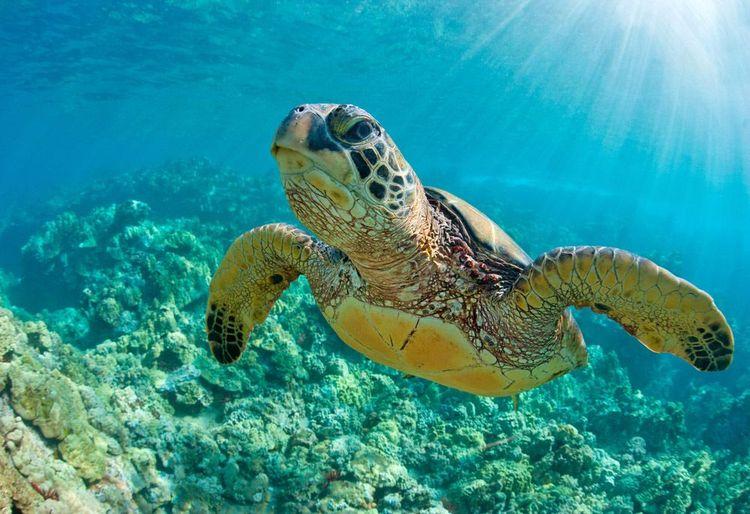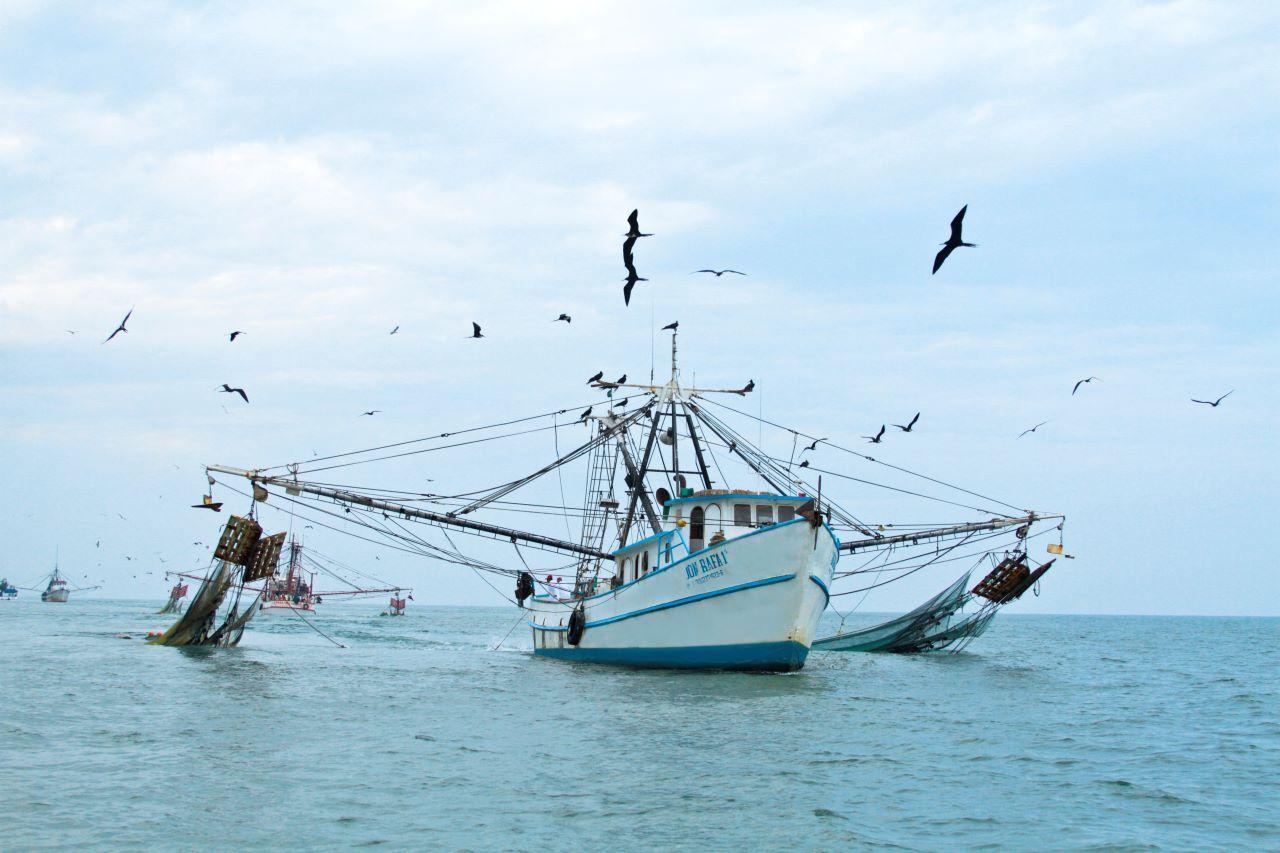To measure the role of fishing in the world, it is necessary to recognize it. This is an activity that, together with aquaculture, serves as an economic and nutritional source for 820 million people, according to the United Nations Food and Agriculture Organization (FAO).
Fishing has an importance that ranges from economic to cultural. However, its global relevance does not yet reach everyday life. It's not every day that someone wonders what goes on behind the canned tuna they bought at the supermarket, or where the shrimp they ate at the weekend meeting come from. And scarcer are the opportunities to question how this will affect the next decade.
For countries to produce, consume, market, import and export fish products, catch is needed. Of all the methods to achieve this, dragging is the most used.
Trawl fishing represents between 30% and 50% of annual global production, of which 80% is directed to human consumption, according to data from the Association of Fisheries Industrialists (Asipes) and WWF Mexico.
At the same time, organizations around the world have documented their environmental impact linked to the overexploitation of species, bycatch and damage to marine ecosystems that could be permanent.
But before that, let's clarify what trawling is and how it works.
The thing about trawling
“Trawl fishing is a method that, as its name suggests, consists of dragging huge nets that are generally propelled by boats along the sea floor to lift everything they find in their path,” said Poulette López Lara, biologist at Defensa Ambiental A.C. in Mexico.
When they touch the bottom, the nets have two steel plates called doors that, due to a hydrodynamic effect, will help the mouth of the net to remain open while it slides.
In trawling, the most common fishing gear is bottom fishing. Although medium-water (or pelagic) is also practiced and is considered less invasive than the first because it has no contact with the ground. In both cases, the nets can be carried by one or two ships.
To understand its size, the international organization Oceana estimated that a trawl can measure 140 meters in length, which could be compared to one and a half times a football field.
Biologist López pointed out that trawling is known as a “non-selective method” because the size of the nets causes them to carry “a large number of species that are not the target. They can be turtles, rays, starfish, polychaetes, anemones and other invertebrates. Even reefs that, as we know, are marine communities with great biological diversity.” This excessive catch is called by-catch.

Graphical representation of trawls carried by a boat. Source: Secretariat of Environment and Natural Resources (Semarnat).
From production to the environment
Trawl fishing gained strength around 1950 and 1960. Its rise is linked to the appearance of industrial vessels and the development of technologies for capture, such as refrigeration installations and freezing equipment.
Although there are records of artisanal fishermen using trawls, their practice is concentrated in the industrial sector. Mainly, in species of high commercial value such as shrimp, hake and shrimp.
In 2018, global capture fish production reached a record high of 96.4 million tons, according to FAO. If you consider that up to 50% comes from trawling gear, it represents the production of more than 48 million tons.
In places like Chile, a single trawler accounts for 60% of the annual quota of common hake, according to data from Oceana.
Its relevance in the market is such that of the 35 members of the OECD that have a fishing fleet, 26 fish with trawls. These are Australia, Belgium, Canada, Chile, Denmark, Estonia, the European Union, Finland, France, Germany, Iceland, Ireland, Italy, Japan, Korea, Mexico, Holland, New Zealand, Norway, Poland, Portugal, Spain, Sweden, Turkey, the United Kingdom and the United States.
But while for the industrial sector this level of fishing productivity is synonymous with food security, jobs and economic activation, for the environmental sector, debts to sustainability are outstanding when it comes to trawling.
“All species are going to die from the destruction of the ecosystem behind the trawl, since sediments are also moving from the sea floor. In general, the habitat is inadequate for the survival of the species,” said biologist López Lara of Defensa Ambiental A.C.
In addition to this, once the fishery rises to the surface, the species caught incidentally are returned to the sea, regularly killed.
In the study “The World State of Fisheries and Aquaculture 2020”, FAO reports a record of 9.1 million tons of discards in marine capture (10.1% of the annual harvest), of which 4.2 million tons correspond to bottom nets, 1 million tons to trawlers, 900 thousand tons to pelagic trawls and 800 thousand tons to gillnets.

In Mexico, the sea turtle is one of the species that is affected as a by-catch in shrimp fishing. Image: Semarnat.
The other faces of trawling
Faced with the documentation of its impact, the environmental and fishing sectors have raised the question and possible answers to sustainable fishing. Is it possible? How?
FAO insists that the answer could lie in by-catch reduction technologies “which can be easily transferred, provided that technical knowledge is shared, there is local capacity for testing and fishermen are willing to test improvements in fishing gear,” he says in his 2020 study.
An example of such equipment is in Mexico, where it seeks to promote the use of the Turtle Excluding Device (DET) during shrimp fishing. The objective is to prevent the sea turtle from dying between the nets.
Regulating and legislating are also considered necessary actions to give trawling another face. Like industrial ships in Chile that can legally only operate outside the first 5 nautical miles from the coast. Although it is reported that the lack of environmental budget and the lack of monitoring hinder its function.
“I think that the academic sector has focused more on developing technologies than on (the use of) other types of networks. For example, photoelectric networks or even making modifications to traditional designs,” said biologist López.
While betting on regulation and technological development, for some other organizations and environmental defenders, the solution would be to freeze the footprint, as is known to leave affected areas free of fishing. A recovery process that could take up to 30 years and requires restoration measures, which are not equivalent to a recovery of what used to be the ecosystem.
Finally, there are those who believe that trawling should be replaced because it can never be sustainable. A vision that could take even longer to generalize.



Comentarios (0)